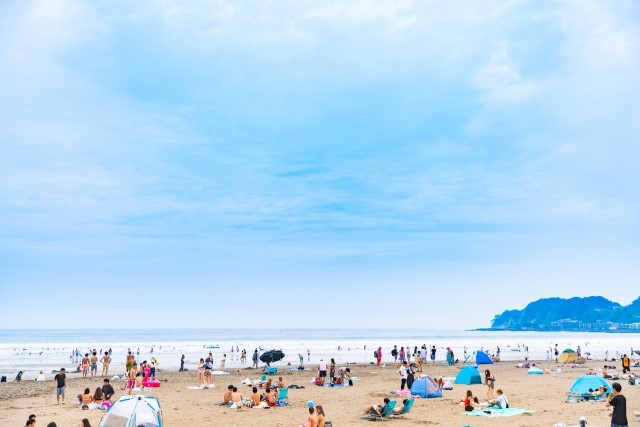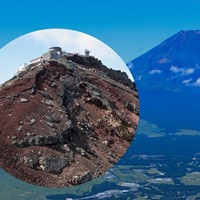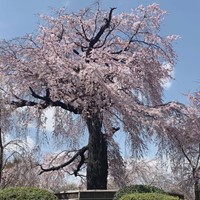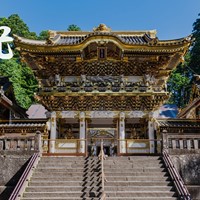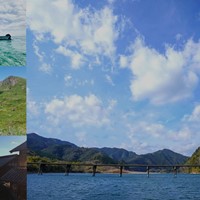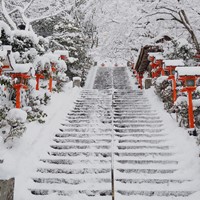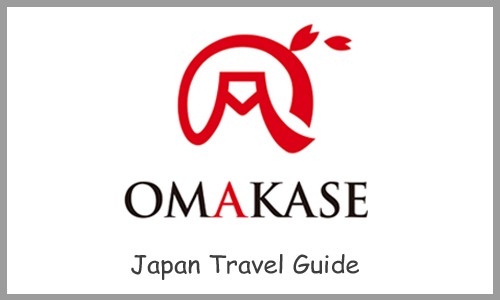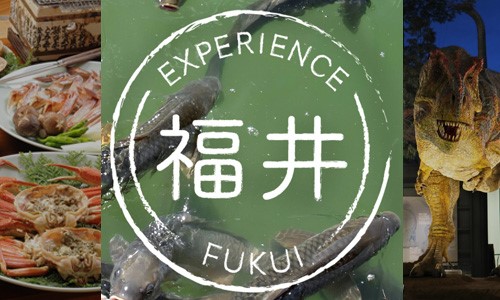Kamakura: A Day Trip from Tokyo
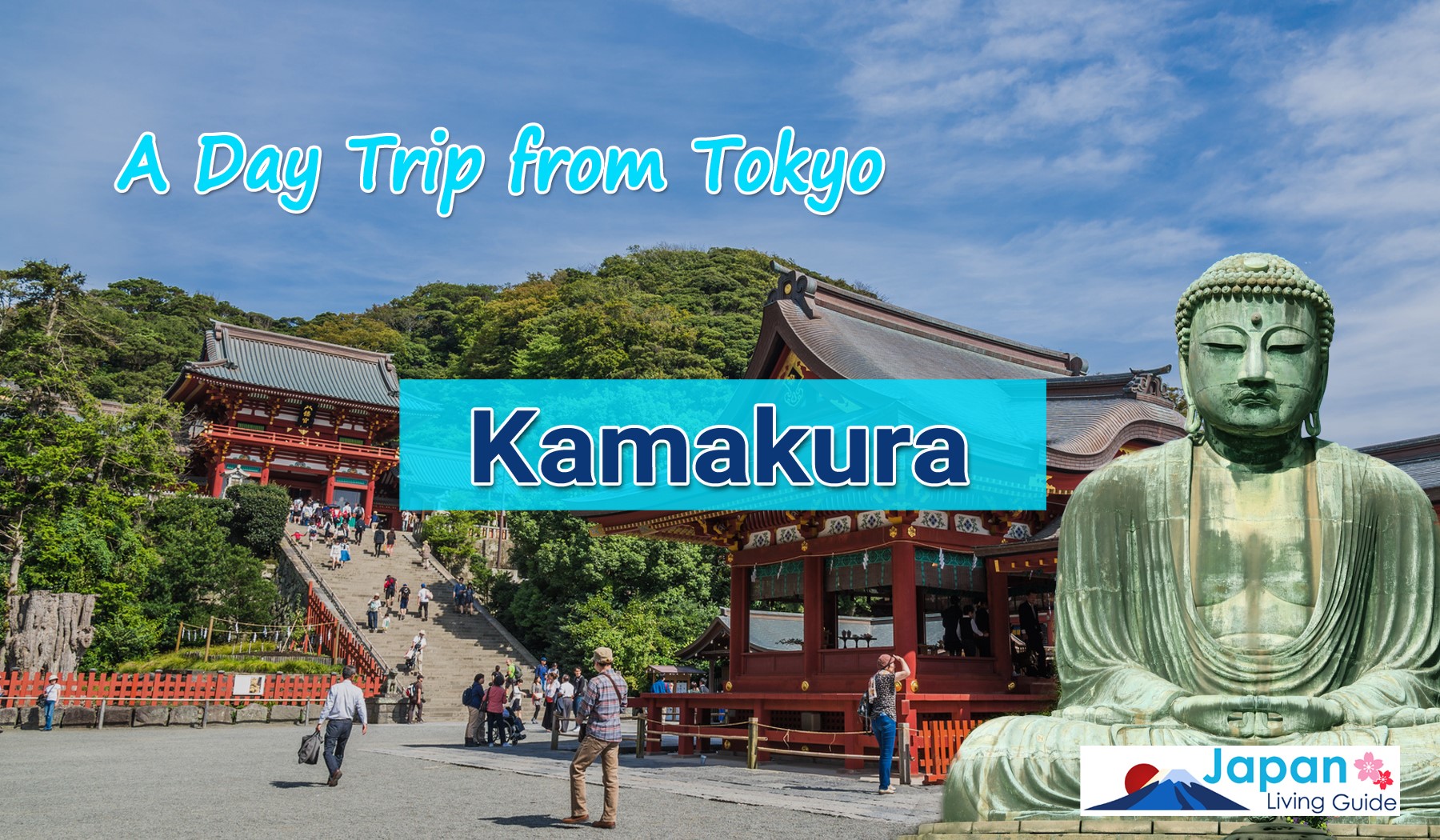
For a day trip from Tokyo, few destinations can compete with Kamakura thanks to its rich history, magnificent temples, delicious food, and convenient transportation. Spending a day at Kamakura is a perfect way to unwind from the hustle and bustle of Tokyo.
A Brief History of Kamakura
While the site of Kamakura town has been inhabited for over 10,000 years, it reached its pinnacle in terms of political power during the Kamakura period (1185–1333). During this time in Japan, the Kamakura Bakufu, also known as the Kamakura shogunate, emerged as a major political and military power that rivaled the imperial court in Kyoto. In more recent times, particularly during the Showa period (1926-1989), the city became a popular destination for many famous writers, making it an exciting place to explore for a fan of Japanese literature.
Getting to Kamakura
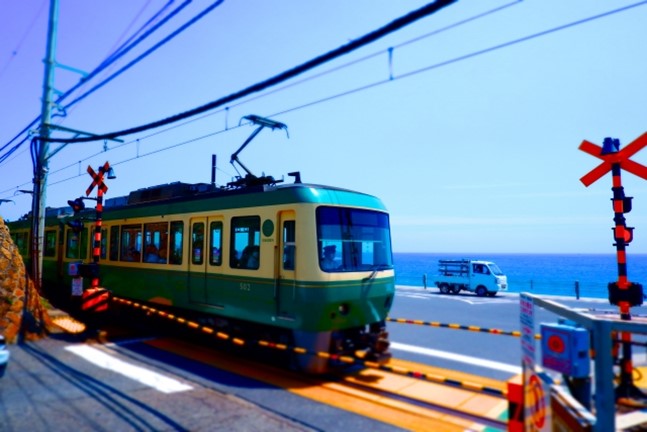
Kamakura is easily accessible from Tokyo. You can take the JR Shonan Shinjuku or Yokosuka line trains depending on where you depart from. For instance, it takes about an hour to reach Kamakura by the JR Shonan Shinjuku line train from Shinjuku station. Another great way to go to Kamakura is to take an Odakyu line train to Fujisawa station and then continue your journey using one of the Enoden trains. Enoden, with its retro feel and scenic route along the sea, is a fantastic mode of transportation that will make your trip to Kamakura feel like a real adventure. It is also a great way to get around the area. For this route, you may purchase an Enoshima-Kamakura Freepass, which is a great way to explore the area economically. For more information on the Enoshima-Kamakura Freepass, please visit the Odakyu website.
Because there are so many different ways to get to Kamakura depending on where you depart from and where you want to go, careful planning of your adventure is highly recommended.
What to See in Kamakura
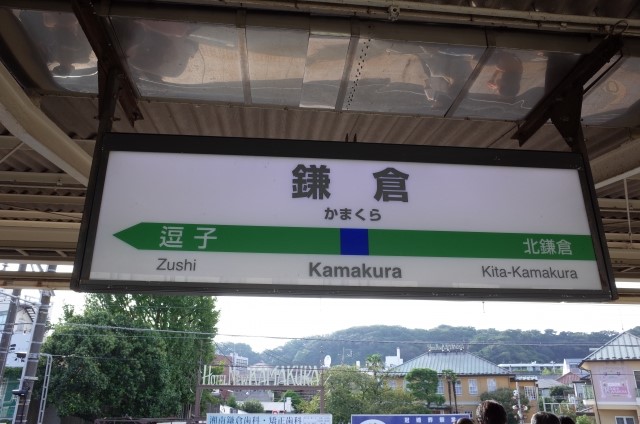
There are many amazing places to visit in Kamakura. For your convenience, we have compiled a list of some of the most well-known ones. For more information on available activities, admission fees, and other details, please visit the website of the temple, shrine, or museum you intend to visit.
Komachi Street in Kamakura
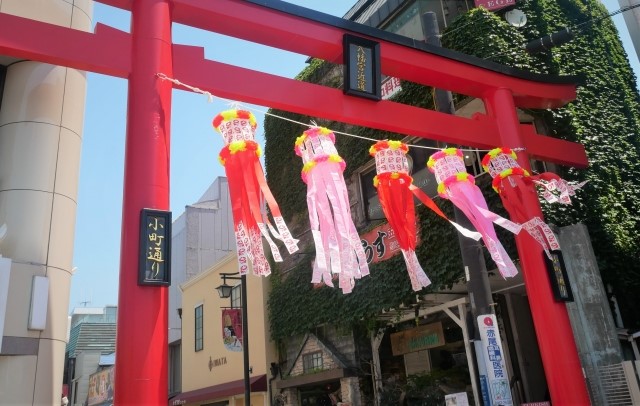
Website (Komachi Shop Association): http://kamakura-komachi.com/eng/index.html
If you are starting your journey from Kamakura station, Komachi street is probably the best place to start exploring the city. It is located right next to Kamakura station's east exit. Look for a red "torii" to enter the street as you exit the station. “Torii” is a gate you may come across whenever visiting a Shinto shrine in Japan. With many stalls selling snacks and drinks, as well as shops with various products and souvenirs, the street is a shopping and gourmet paradise.
Tsurugaoka Hachimangu
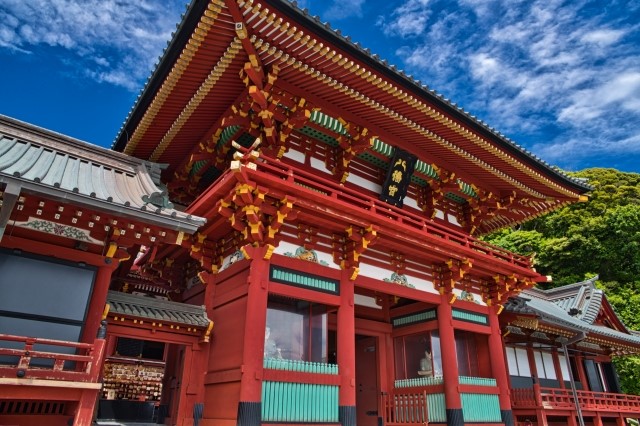
Website: https://www.hachimangu.or.jp/en/
Website (for wedding): https://ougintei.jp (in Japanese)
Address: Kanagawa, Kamakura, Yukinoshita, 2-1-31
Tsurugaoka Hachimangu is a shrine with a history of over 800 years. It is easily accessible from Komachi street and is an excellent place to learn about Kamakura's history and culture. There, you can visit several shrine buildings, a museum, and participate in activities such as martial arts trainings, lectures, and festivals. It is even possible to have your traditional Shinto wedding ceremony performed there.
If you plan to get married or attend a wedding ceremony in Japan, you can learn about marriage registration from "A Guide to Getting Married in Japan," as well as about wedding customs from the article about "Japanese Wedding Etiquette: 7 Steps from RSVP to Afterparty."
Kotoku-in
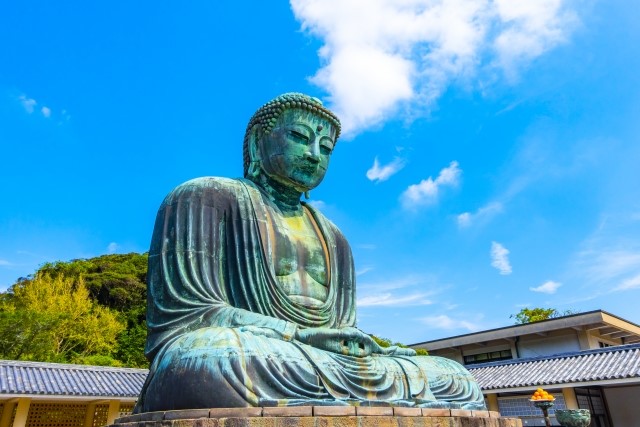
Website: https://www.kotoku-in.jp/en/
Address: Kanagawa, Kamakura, Hase, 4-2-28
If you have time only to visit one location, “Kamakura Daibutsu,” also known as The Great Buddha of Kamakura, should probably be the one. It is one of the most well-known Buddha statues in Japan with its history going all the way back to Kamakura period. It is located on the grounds of a Buddhist temple known as Kotoku-In. The height of the statue is approximately 11 meters, with a total height of about 13 meters when measured with the pedestal.
Houkokuji

Website: https://houkokuji.or.jp/?page_id=212 (in English, French, Spanish, Chinese, and Korean)
Website: https://houkokuji.or.jp (in Japanese)
Address: Kanagawa, Kamakura, Jomyoji 2-7-4
Houkokuji is a well-known Zen-Buddhist temple with a long history that dates back to 1334. The temple's magnificent bamboo garden is particularly famous. If you would like to view the bamboo garden while sipping a cup of Japanese green powder tea (matcha) with traditional dry sweets, expect to pay an extra 600 yen on top of the 400 yen admission fee. The temple also offers zazen meditation sessions every Sunday, which are rather rigorous. It is also important to note that Houkokuji's meditation sessions are conducted entirely in Japanese, with no English translation available.
Kamakura Museum of Literature (Closed for renovation till March 31, 2027)
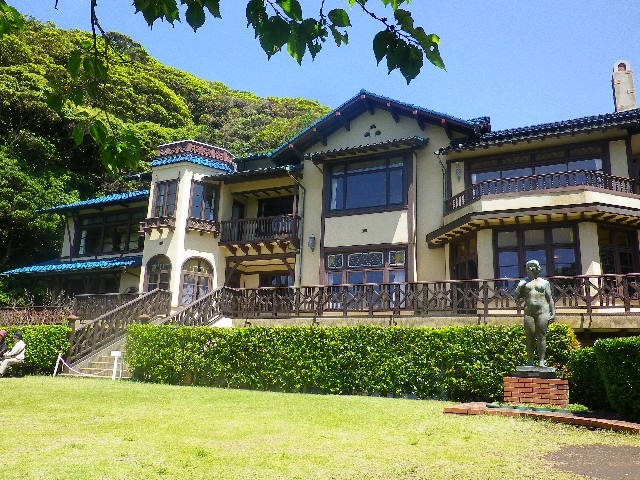
Address: Kanagawa, Kamakura, Hase 1-5-3
This museum is a wonderful place to learn more about Japanese authors who have ties to Kamakura. Akutagawa Ryunosuke, Natsume Soseki, Yukio Mishima, and many other authors are represented in the museum.
Yuigahama Beach
Website: https://yuigahama.sos.gr.jp/en/
Going to the local beach during your visit to Kamakura in the summer is a great way to escape the heat and humidity of the Japanese climate. Yuigahama is Kamakura's longest beach with many beach houses and cafes. During the summer, it becomes crowded both with locals and visitors from other cities. After swimming in the sea, you take a shower in one of the beach houses for an additional fee. There are also public open-air showers that are available free of charge.
Where to Eat in Kamakura
Going to a café or restaurant after a day of exploring the town, admiring temples, or relaxing by the sea can be a good way to refuel your energy and simply enjoy some delicious food.
Akimoto
Website: http://www.akimoto-kamakura.com (in Japanese)
Address: Kanagawa, Kamakura, Komachi 1-6-15, i-ZA Kamakura Building 3F
While Akimoto serves delicious tempura made with locally grown vegetables, as well as a variety of other delectable dishes, the "Nama shirasu don," or a raw whitebait bowl, is particularly recommended. “Shirashu” (whitebait) is a Kamakura specialty, and it is hard to think of a better place to taste it than Akimoto. The restaurant serves locally caught fresh whitebait from April to December.
Shirasuya Koshigoe Gyoko-mae Ten
Website: https://tabelog.com/en/kanagawa/A1404/A140403/14002304/
Address: Kanagawa, Kamakura, Koshigoe 2-10-13
Although there are a number of restaurants in Kamakura that serve "shirasu," few can match the deliciousness and variety of "Shirasuya." Although the restaurant is known for its whitebait, a variety of other dishes are also served there. It is important to mention that raw whitebait is not available from January 1st to March 10th.
Kamakura Matsubara-an
Website: https://matsubara-an.com/shops/kamakura.php (in Japanese)
Address: Kanagawa, Kamakura, Yuigahama 4-10-3
Kamakura Matsubara-an is a wonderful place to enjoy delicious soba in a traditional Japanese setting. A duck hot pot, which is offered as a seasonal menu in the winter, can be particularly recommended.
Wa Minamoto Restaurant at Kamakura Park Hotel
Website: http://www.kamakuraparkhotel.co.jp/en
Address: Kanagawa, Kamakura, Sakanoshita 33-6
It is a nice restaurant that serves traditional Japanese cuisine with many local ingredients. Wa Minamoto Restaurant has a lovely view of the local sea and is a wonderful place to relax after a day of adventure while enjoying delicious food.
Sabou Kirara
Website: https://tabelog.com/en/kanagawa/A1404/A140402/14000248/
Address: Kanagawa, Kamakura, Onarimachi 16-7
If you are craving Japanese sweets, Sabo Kirara is the place to go. It is very popular for the sweets that contain "shiratama" (traditional Japanese rice flour dumplings). Because the café is very popular, you may have to wait in a long line to get inside.
If you are feeling adventurous and would like to learn more about the local food scene, using one of the restaurant guides is a great way to do so. For more information, be sure to check the article about restaurant guides in Japan.
There are so many sights to see in Kamakura that it would be difficult, if not impossible, to list them all. It is one of those places where a single visit is insufficient to fully appreciate everything it has to offer. Going to this vibrant city and discovering new aspects of it each time is a fun way to spend a day away from Tokyo.
Apart from Kamakura, there are also a number of other fascinating places to visit from Japan's capital. For an overview of the best day trip destinations, check out the article about "Fuji, Nikko, Kamakura, and More." There are also a variety of resort destinations easily accessible from Tokyo, which you can learn about in this article: "A Serene Getaway: Tokyo's Charming Resort Destinations".
